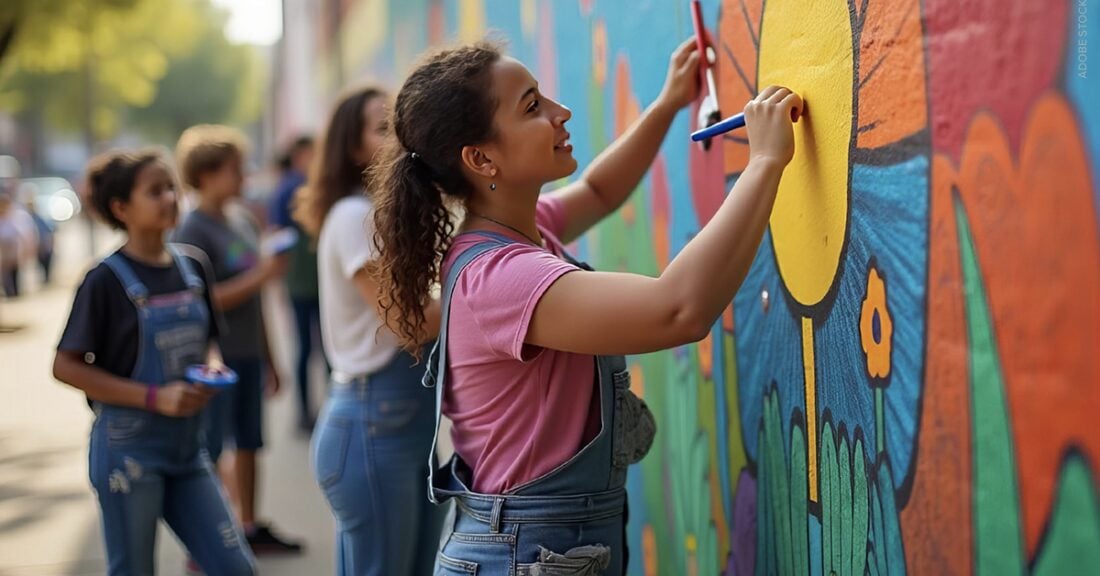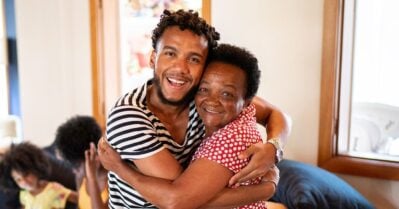Grounding Youth Well-Being in Community Context
A New Action Guide for Coalitions

A new action guide shows local coalitions how to embed their community’s voices, values and history into every step of their work to improve public systems for youth and families. From People to Place and Power: Coalitions that Succeed by Grounding Efforts in Community Context is the fourth and latest in the Guiding Collective Change series. The collection of free, downloadable action guides was developed by the Edna Bennett Pierce Prevention Research Center at Penn State with support from the Annie E. Casey Foundation. From People to Place and Power draws on lessons from six communities using the Foundation’s Evidence2Success® framework. Their stories show how local coalitions used data and relationships to drive decisions that reflect the communities they serve and position them for lasting change.
Amir François, a senior research associate at the Casey Foundation, explained: “This guide offers a powerful lesson: When coalitions prioritize community wisdom and experience along with data and evidence, the work is not only more relevant — it can really have some impact.”
For coalitions in these the sites, grounding change in community context meant rethinking decision-making, elevating resident leadership and ensuring programs reflected local values and experiences:
- In Providence, Rhode Island, a resident-led advisory board helped select culturally relevant programs.
- Kearns, Utah, used youth survey data and “data parties” with residents to guide program choices.
- Selma, Alabama, held meetings in schools and churches to make the work more accessible and locally rooted.
- Memphis, Tennessee, hosted sessions to uncover barriers to youth thriving, a process known as “back-mapping.”
- In a Miami, Florida, neighborhood, youth focus groups helped surface mental health priorities.
- Mobile, Alabama, used survey results to build urgency and alignment across coalition members.
These communities worked with public systems — including schools, health providers and child welfare agencies — to improve outcomes for youth and families by placing community priorities at the heart of the work. “It wasn’t just numbers on a page anymore,” said a local leader quoted in the guide. “It was our community’s story.”
From People to Place and Power is part of a series of publications on collective change, which highlights how local communities can shift public systems to better support youth well-being. Access the full series on the Edna Bennett Pierce Prevention Research Center at Penn State website.






